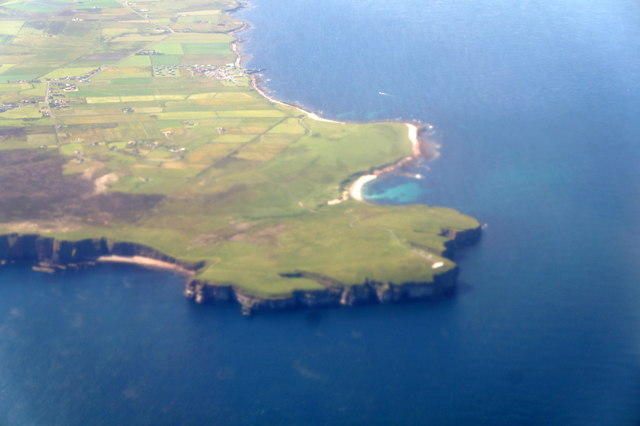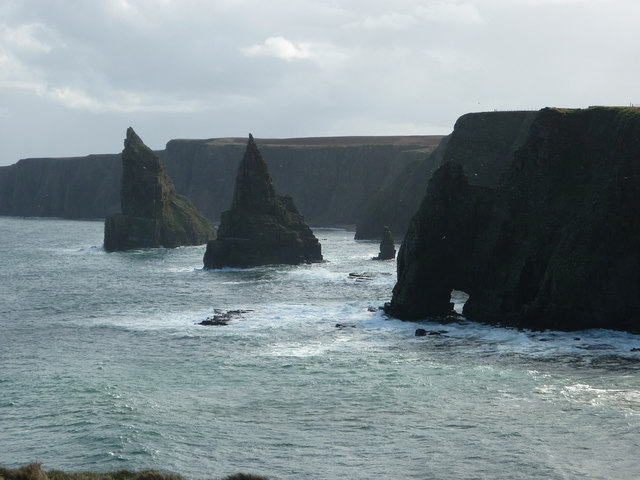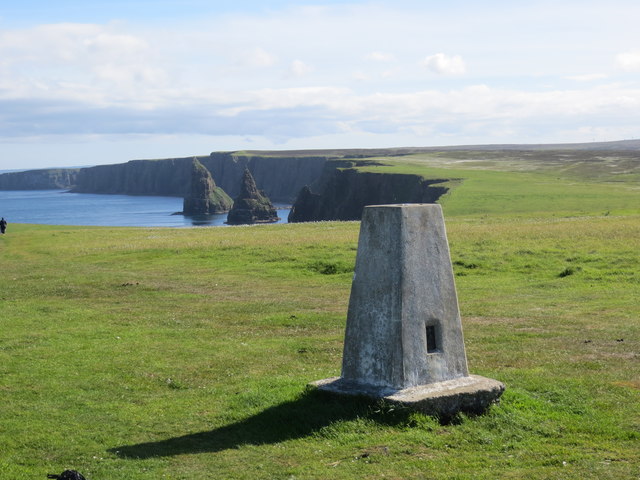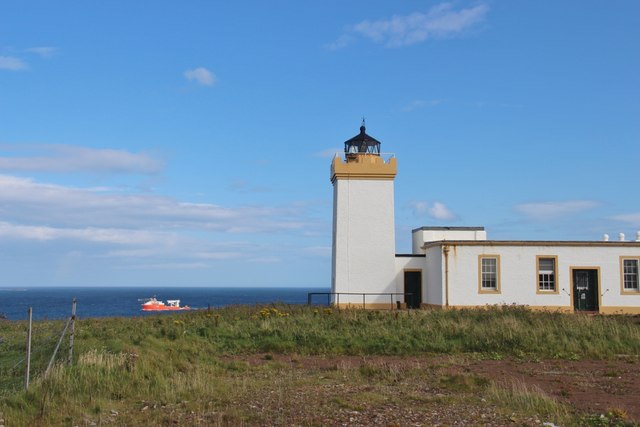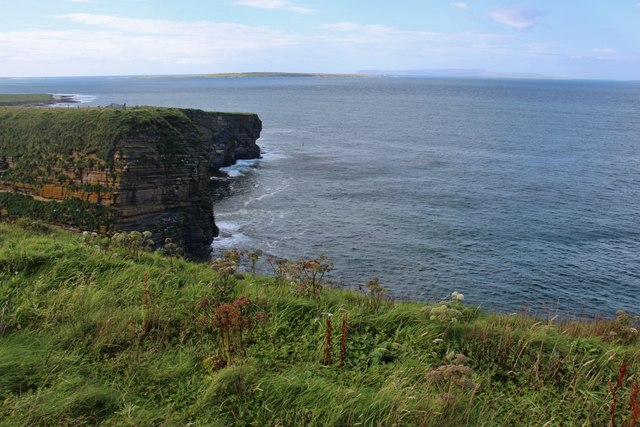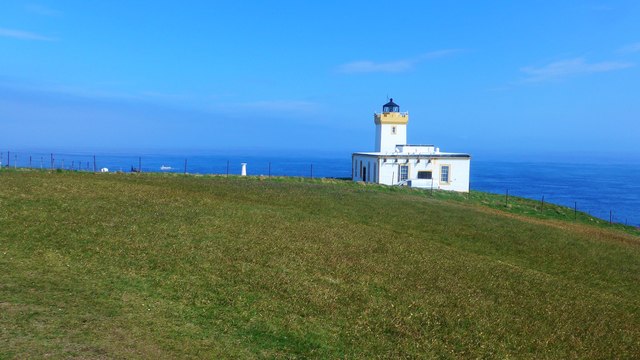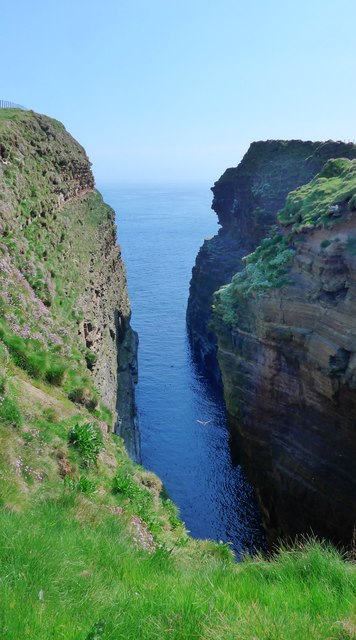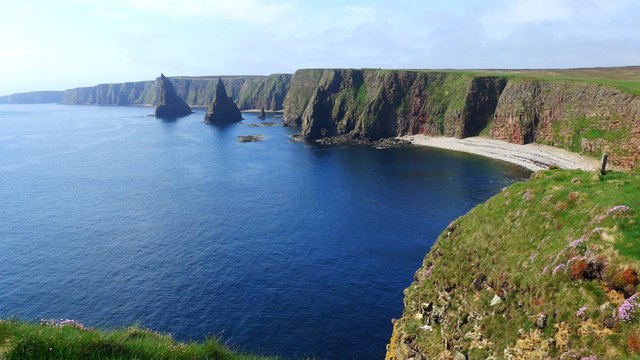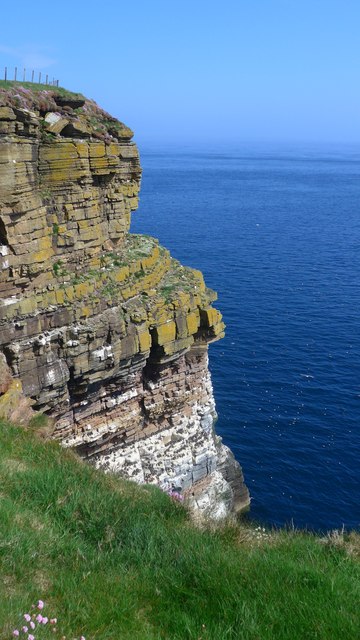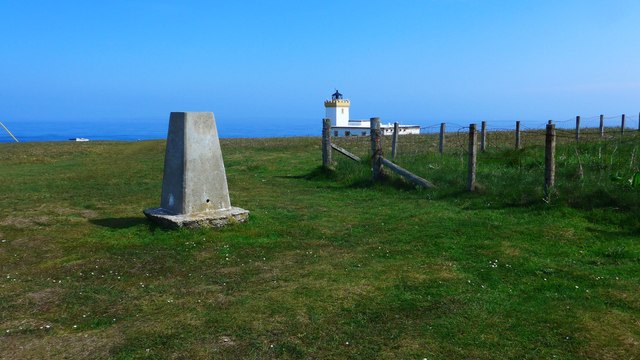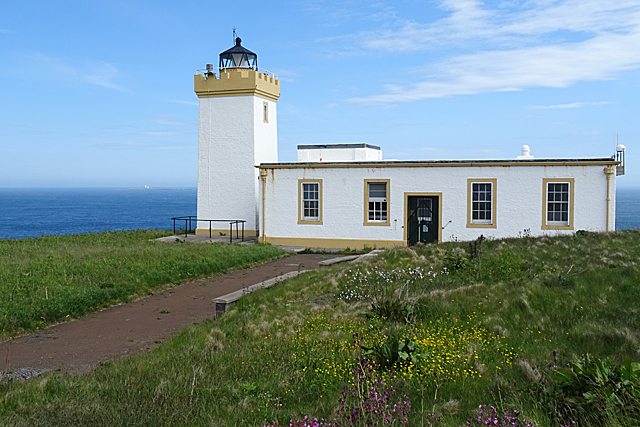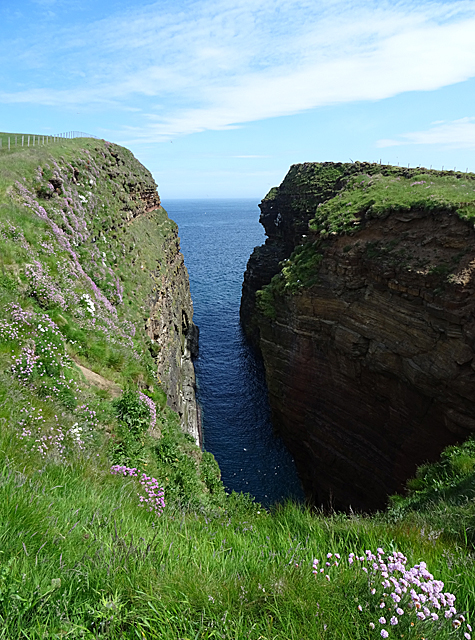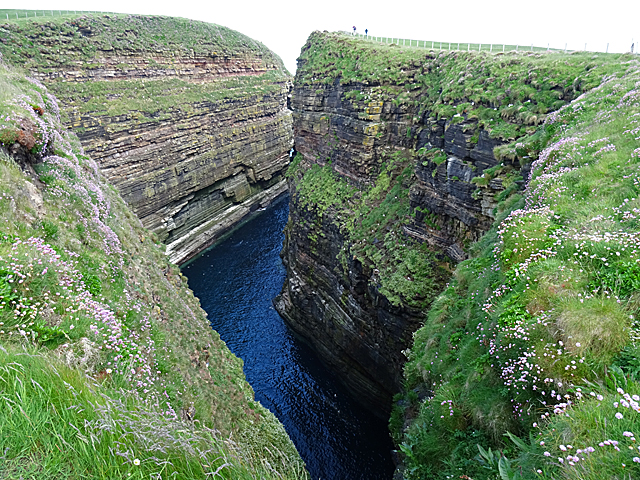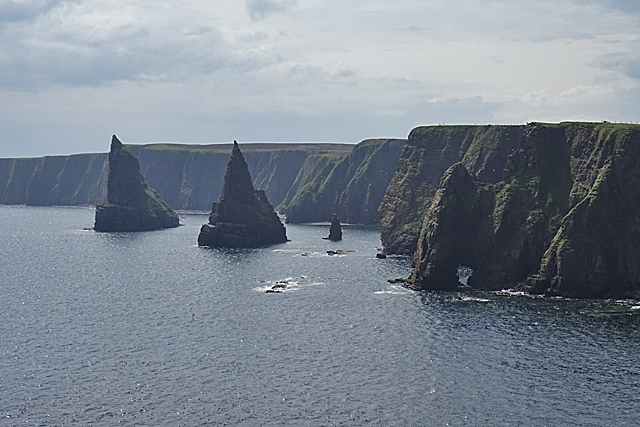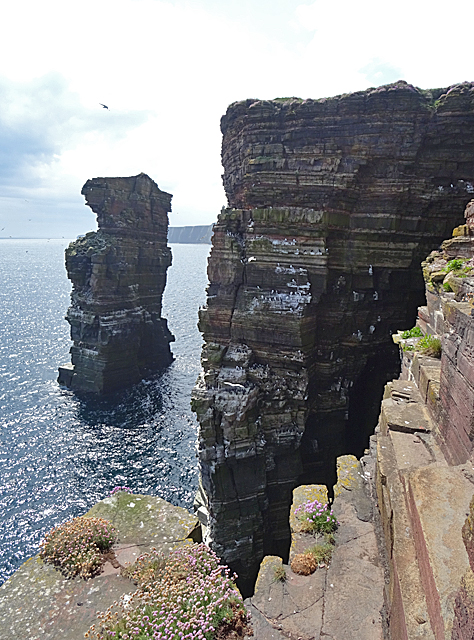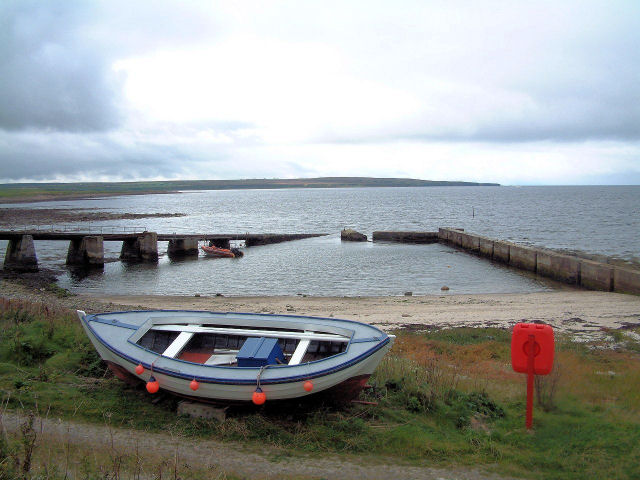Robert's Haven
Bay in Caithness
Scotland
Robert's Haven
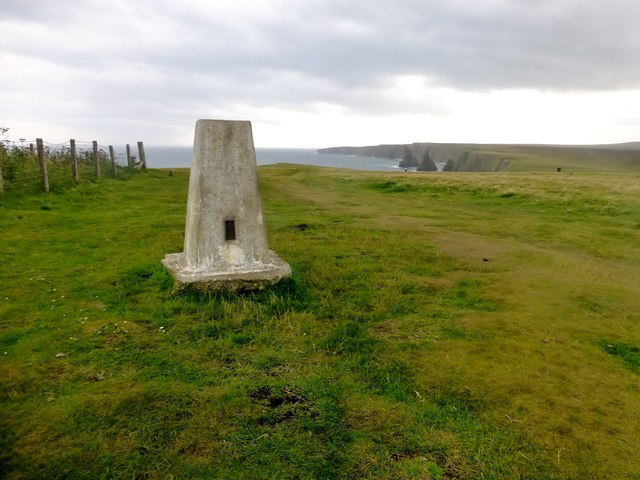
Robert's Haven is a picturesque coastal village located in the Caithness region of Scotland. Situated on the Bay of Caithness, this idyllic haven offers breathtaking views of the North Sea and the surrounding rugged landscape. The village is named after Robert, a local fisherman who was instrumental in establishing the settlement.
The village is known for its peaceful and serene atmosphere, making it a popular destination for those seeking tranquility and a break from the hustle and bustle of city life. Visitors are enchanted by the unspoiled natural beauty of Robert's Haven, with its pristine sandy beaches, rocky cliffs, and crystal-clear waters.
The village itself is small, with a close-knit community that welcomes visitors with warm hospitality. The main street is lined with charming cottages, many of which have been converted into cozy bed and breakfasts, offering visitors an authentic Scottish experience. Local shops and cafes provide the essentials, and a weekly market showcases the region's fresh produce, crafts, and local delicacies.
Outdoor enthusiasts are drawn to Robert's Haven due to its proximity to various hiking trails, cycling routes, and fishing spots. The surrounding countryside offers opportunities for birdwatching, wildlife spotting, and breathtaking coastal walks. History buffs can explore the nearby ruins of a medieval castle and learn about the village's rich heritage.
In conclusion, Robert's Haven in Caithness is a hidden gem that offers visitors a peaceful retreat amidst stunning natural beauty. Its welcoming community, picturesque setting, and range of outdoor activities make it an ideal destination for those seeking an authentic Scottish experience.
If you have any feedback on the listing, please let us know in the comments section below.
Robert's Haven Images
Images are sourced within 2km of 58.646071/-3.0562809 or Grid Reference ND3873. Thanks to Geograph Open Source API. All images are credited.

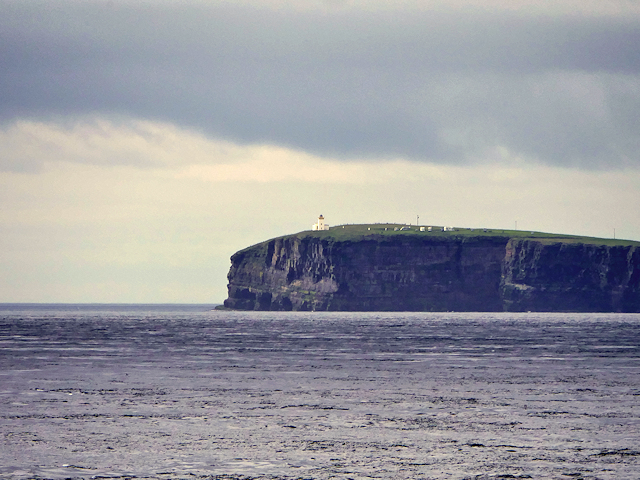
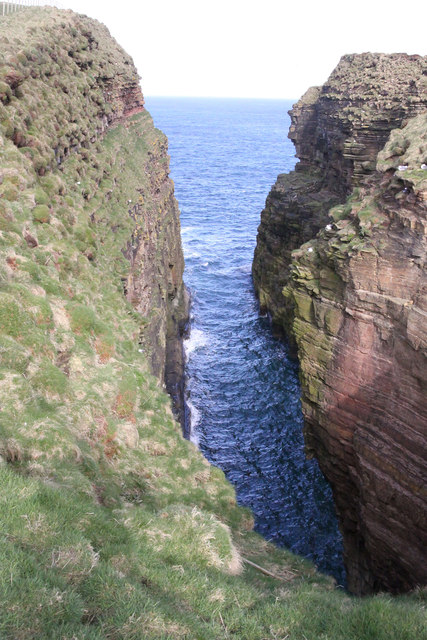
Robert's Haven is located at Grid Ref: ND3873 (Lat: 58.646071, Lng: -3.0562809)
Unitary Authority: Highland
Police Authority: Highlands and Islands
What 3 Words
///aboard.salary.imparting. Near John o' Groats, Highland
Nearby Locations
Related Wikis
John o' Groats
John O' Groats (Scottish Gaelic: Taigh Iain Ghròt) is a village 2.5 mi (4 km) northeast of Canisbay, Caithness, in the far north of Scotland. John O' Groats...
Duncansby Head
Duncansby Head (Scottish Gaelic: Ceann Dhunngain or Dùn Gasbaith) is the most northeasterly part of both the Scottish and British mainlands, slightly...
Huna, Caithness
Huna is a small remote crofting township, located 1 mile northeast of Canisbay and 1.5 miles west of John o' Groats in Caithness, in Scotland. It is currently...
Huna House
Huna House is a Victorian building located in the small village of Huna in Canisbay, north of Caithness. Built in 1870 as the Huna Hotel, it is listed...
Nearby Amenities
Located within 500m of 58.646071,-3.0562809Have you been to Robert's Haven?
Leave your review of Robert's Haven below (or comments, questions and feedback).
